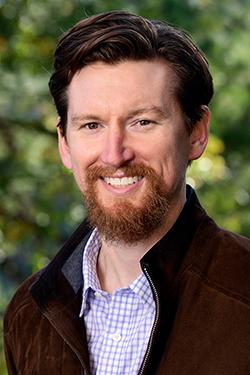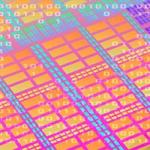
Kyle Messier, Ph.D.
Stadtman Investigator
National Toxicology Program/Spatiotemporal Exposures and Toxicology Group
NIEHS
Research Topics
Spatiotemporal models are a class of statistical models that explicitly account for the spatial and/or temporal correlation in data. They have a rich history in fields such mining, forestry, petroleum engineering , exposure science, and most recently, machine learning and artificial intelligence. Within environmental health sciences, there is an ever-growing need for methodological development and applications of spatiotemporal models that can handle the large, complex data and interdisciplinary challenges. Towards this end, the central theme of the Spatiotemporal Exposures and Toxicology Group (SET) is to develop spatiotemporal methods and applications in environmental and human health exposure science while also exploring innovative applications of geospatial and spatiotemporal methods in toxicology.
Currently, the Spatiotemporal Exposures and Toxicology Group is interested in:
- Geospatial exposure, disparity, and risk mapping
- Geospatial mapping of mixture exposure through common molecular initiating events
- Spatiotemporal mapping connections to toxicology
- Toxicokinetic and toxicological-based geospatial risk mapping
Biography
Kyle P. Messier, Ph.D. Messier is a Stadtman Tenure-Track Investigator in the Division of Translational Toxicology (DTT). He also holds a joint appointment with the National Institute of Minority Health and Health Disparities (NIMHD) in Bethesda, Maryland. Messier received a B.S. in Environmental Studies from the University of North Carolina at Asheville and a M.S. and Ph.D. from the University of North Carolina at Chapel Hill. He also holds a secondary appointment in the NIEHS Biostatistics and Computational Biology Branch.
Selected Publications
- Messier KP, Reif DM, Marvel SW. The GeoTox Package: open-source software for connecting spatiotemporal exposure to individual and population-level risk. Hum Genomics. 2025;19(1):5.
- Eccles KM, Karmaus AL, Kleinstreuer NC, Parham F, Rider CV, Wambaugh JF, Messier KP. A geospatial modeling approach to quantifying the risk of exposure to environmental chemical mixtures via a common molecular target. Sci Total Environ. 2023;855:158905.
- Messier KP, Katzfuss M. Scalable penalized spatiotemporal land-use regression for ground-level nitrogen dioxide. Ann Appl Stat. 2021;15(2):688-710.
- Zilber D, Messier K. Reflected generalized concentration addition and Bayesian hierarchical models to improve chemical mixture prediction. PLoS One. 2024;19(3):e0298687.
- Lowe ME, Akhtari FS, Potter TA, Fargo DC, Schmitt CP, Schurman SH, Eccles KM, Motsinger-Reif A, Hall JE, Messier KP. The skin is no barrier to mixtures: Air pollutant mixtures and reported psoriasis or eczema in the Personalized Environment and Genes Study (PEGS). J Expo Sci Environ Epidemiol. 2023;33(3):474-481.
Related Scientific Focus Areas
This page was last updated on Wednesday, March 19, 2025

